12 Upcoming Car Features We Don’t Want (But Might Be Coming Anyway)

Car tech is accelerating faster than ever. Between AI copilots and dashboards that look like something out of Blade Runner, we’re clearly zooming into the future. But not every new feature feels like a step forward. Some are quirky, others questionable, and a few are just plain annoying.
Whether it’s about control, privacy, or practicality, here are 12 upcoming car features we didn’t exactly request… but might be getting whether we like it or not.
1. Subscription-Based Everything

BMW stirred the pot with monthly fees for heated seats. Now, want adaptive cruise control? That’s $10 a month. Ambient lighting? More bucks. Basic features could soon cost more than your streaming subscriptions combined.
These features are factory-installed but locked by software paywalls, transforming hardware into a microtransaction field.
2. Touchscreen Overload
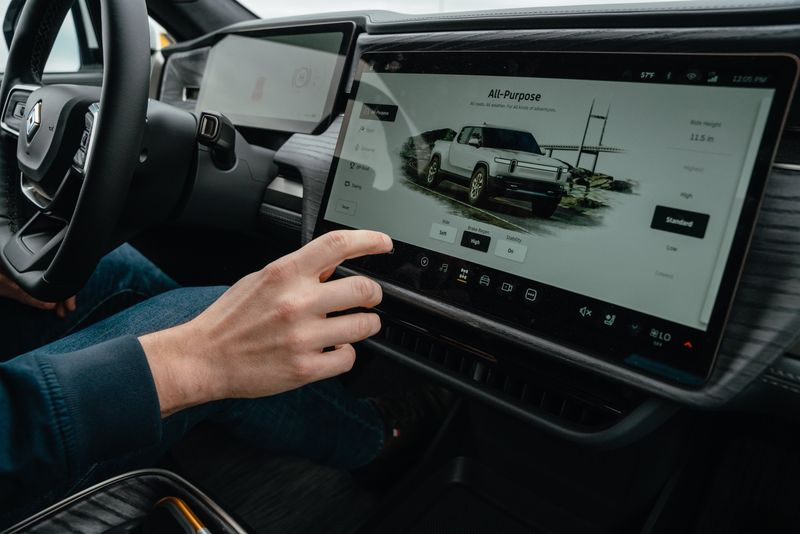
Physical knobs are vanishing, replaced by sleek touchscreens. It looks futuristic but complicates tasks like adjusting the temperature while driving.
Automakers save on costs and clutter with capacitive touch systems, but they miss the old-school reliability of physical dials. Especially in bumpy conditions, nothing beats a trusty knob.
3. Driver Monitoring Cameras
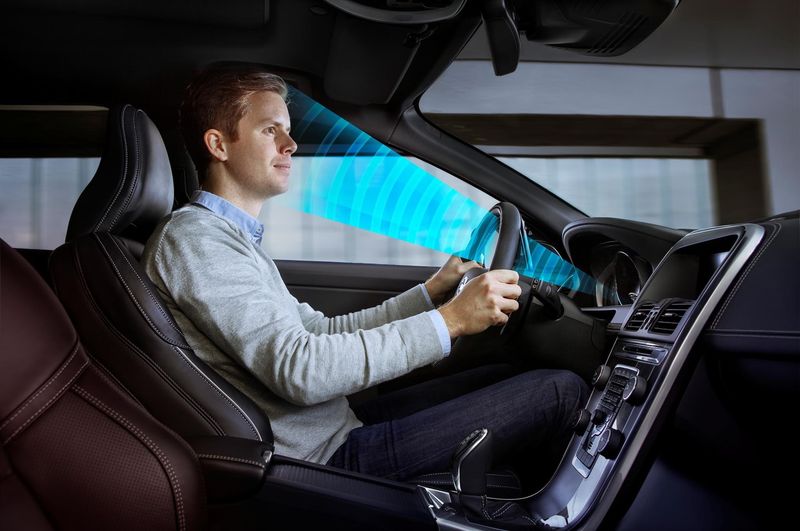
Inward-facing cameras now track eye movement and facial orientation to boost safety. While intended to curb distracted driving, it can feel intrusive when your car judges your phone check at a red light.
These infrared cameras detect attentiveness and are used in systems like Tesla’s Autopilot. Privacy concerns loom as data may be shared.
4. Voice Assistants with Attitude
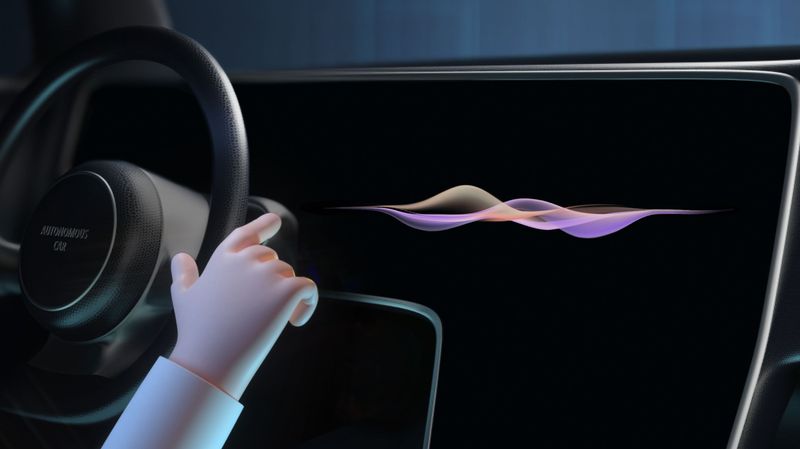
Voice assistants are evolving with personalities, sometimes including sass and misunderstood commands. All you want is gas station directions, not backtalk.
Powered by natural language processing, they’re meant to understand casual speech but trip over accents and noise. Often, they create more hassle than convenience.
5. Fake Engine Noises
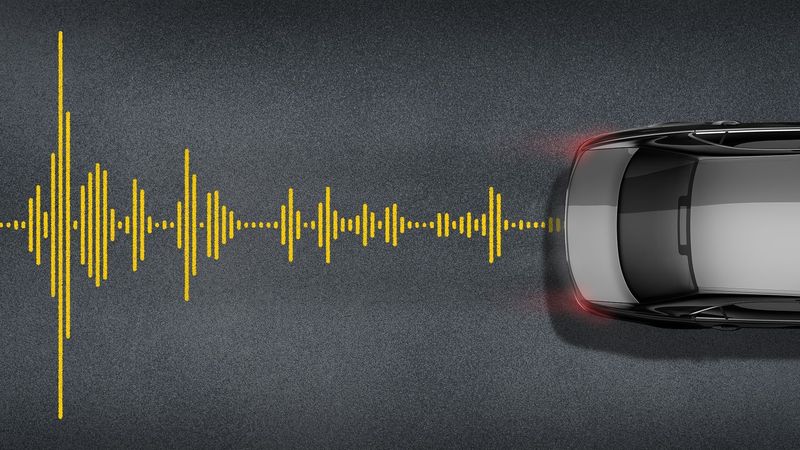
Electric vehicles are silent, but automakers add synthetic growls and hums for that “performance feel.” BMW and Dodge set sounds based on acceleration.
It’s designed for engagement, but some drivers find it more like audio cosplay than authenticity.
6. Hyper-Personalized Mood Settings

Cars becoming your “wellness partner”? Manufacturers add modes adjusting lighting and fragrance to your emotional state. Feeling down? Your car dims lights, plays jazz, and sprays eucalyptus.
AI syncs with wearables, monitoring biometrics like heart rate. Impressive tech, but sometimes you just want to drive without therapy.
7. External Displays That Shame Others
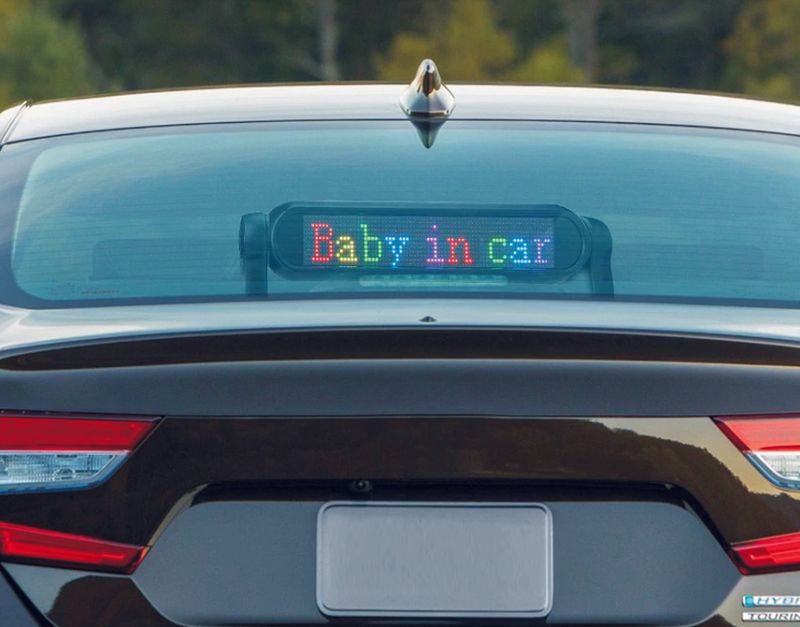
LED panels on bumpers can show messages to pedestrians and drivers. Helpful, until they display emojis or passive-aggressive notes.
Designed for self-driving communication, but without limits, highways could become meme boards.
8. Biometric Ignition
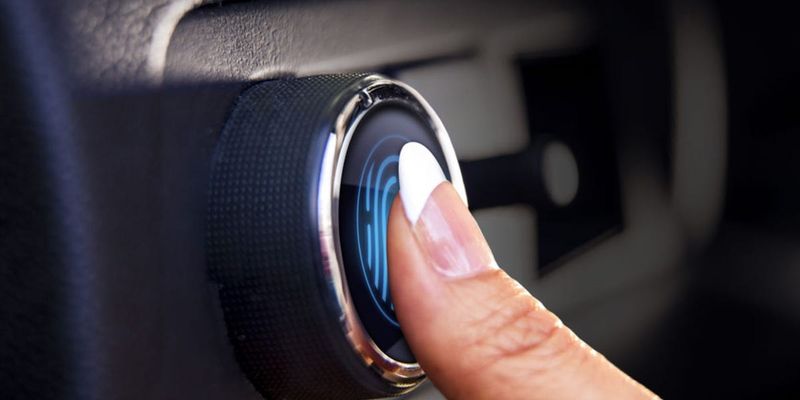
Key fobs may be replaced by facial recognition or fingerprint readers. No keys, no problem, unless of course, it doesn’t recognize you after a haircut.
Biometric ignition involves encrypted data tied to driver profiles. Luxury brands are adopting it, but concerns about data security and glitches remain.
9. Over-The-Air Updates
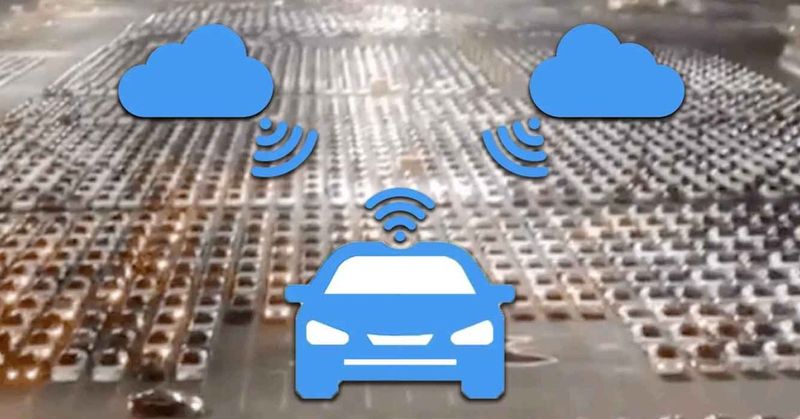
Wi-Fi updates sound great—no more dealership visits. But when updates make your backup camera vanish or crash infotainment systems, it feels like a hack.
These updates offer new features and fixes remotely, but early adopters report bugs and bricked systems.
10. Augmented Reality Windshields
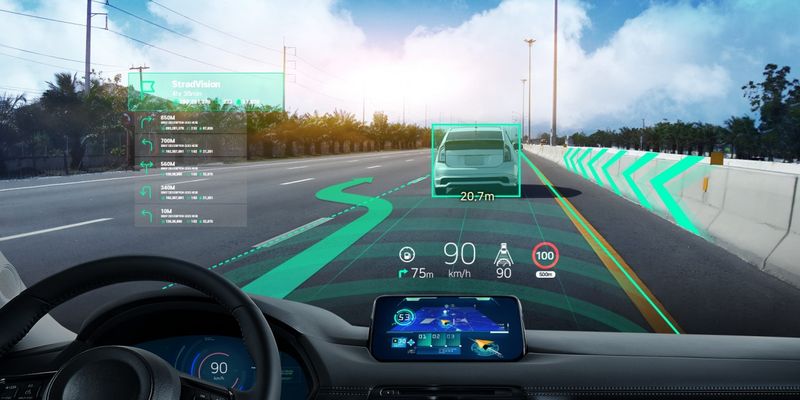
Windshields overlaying navigation or Yelp reviews sound amazing, but too much info can be distracting.
AR windshields use GPS and cameras to project data on the glass. It’s cutting-edge, but balancing helpful guidance with distraction is crucial.
11. Gamer Seats in Street Cars
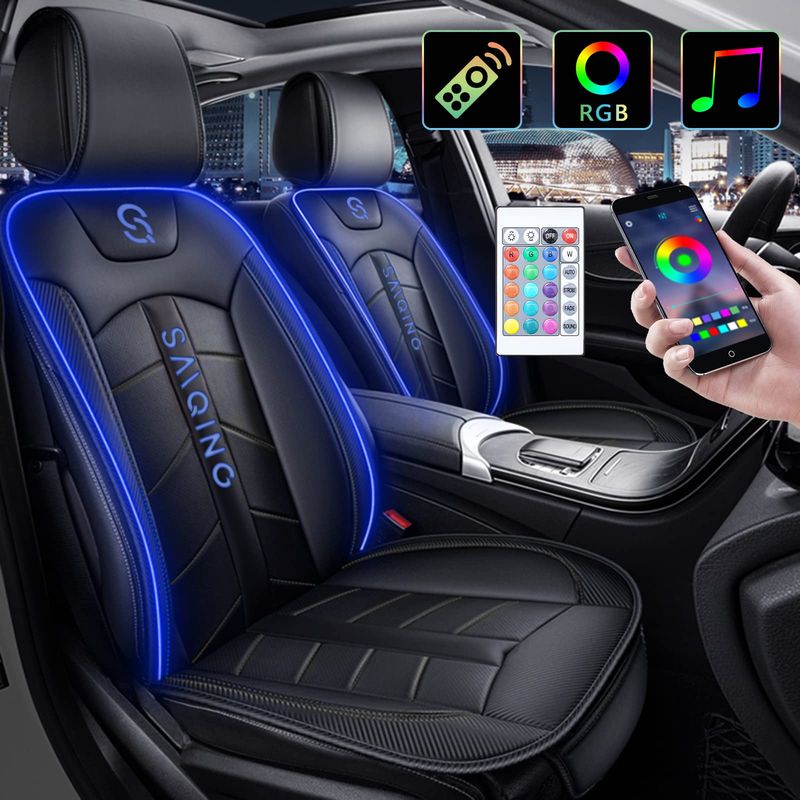
Seats with RGB lighting and haptics are entering cars from gaming rigs. Perfect for tracks, but a bit too much for grocery runs.
These seats offer climate zones and dynamic lumbar support, adapting to driving habits—a VR headset for the daily commute.
12. Self-Parking Tech
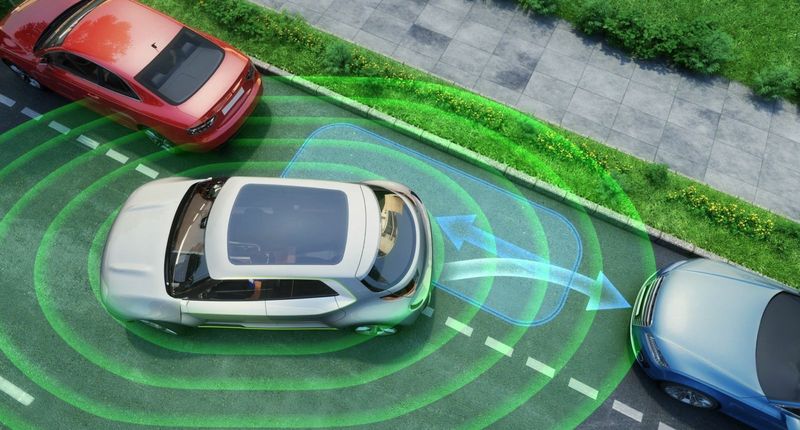
Automated valet promises perfect parking even in tight spots, but tests show it’s not foolproof. Cars might park in bushes or at odd angles.
Using GPS and sensors, these systems evolve rapidly but are still a gamble for now.
